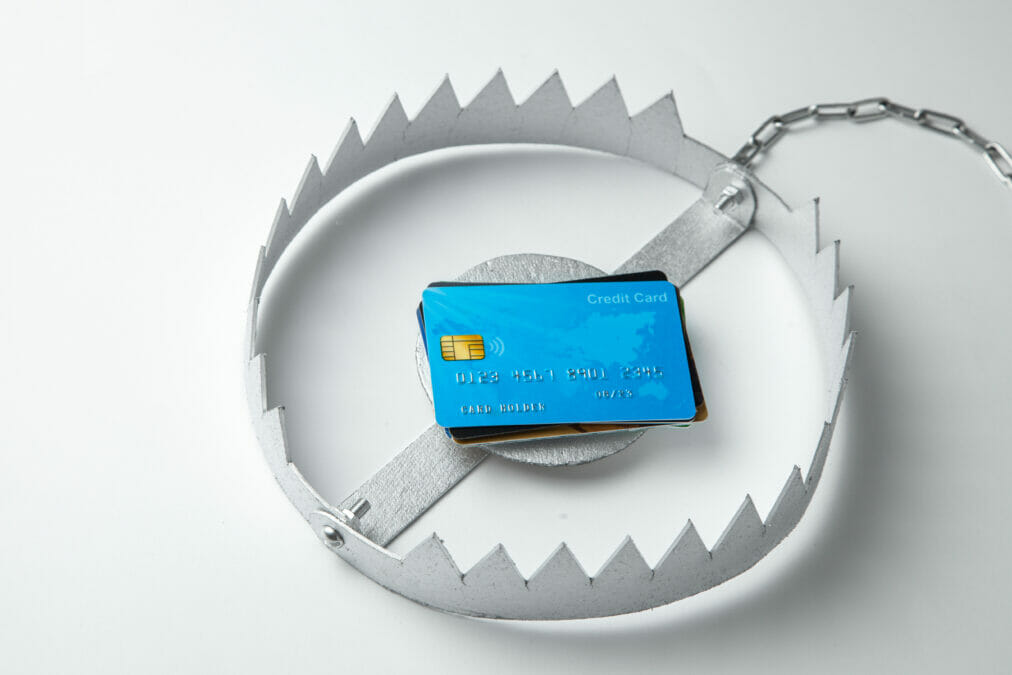With Black Friday and Cyber Monday quickly approaching, retailers can’t afford to let their customers fall for scams. With fraudulent tactics rocketing by 33% from April 2020 to March 2021, according to consumer group Which?, there is no doubt that we’re in the midst of a ‘scamdemic’.
Making things worse is the fast-eroding trust towards retailers, due to consumers being inundated by scam messages from fraudsters spoofing brand names. According to research from Callsign, a third (33%) of UK consumers say their trust in retailers decreased just as a result of receiving a scam message.
By positively identifying customers to confirm they are who they claim to be, retailers can have the best chance to beat scammers this shopping season.
Consumers are calling out retailers
Callsign’s research highlights how a quarter (24%) of global consumers receive more messages from fraudsters than friends and family. People claim to have received scams through email (76%), SMS (66%), phone (58%), messaging apps (15%) and social media (12%) in the last year alone. And two fifths (40%) of UK consumers don’t know where or who to report a scam message to, or simply get too many to bother (36%).
As such, this industrialisation of scams is driving a decrease in overall trust levels, with a third (38%) of UK consumers saying they don’t trust retailers to keep their data safe, with 44% keen as to where fraudsters got their details from.
Consumers simply don’t trust the technology, systems and processes designed to protect them from fraudsters and confirm their identities. Yet, despite this growing trend, very little is being done to purposely re-establish digital trust through complete and accurate digital identities.
Part of the problem lies in the fact that many retailers still use outdated and insecure pieces of technology that don’t prove beyond a doubt that a user is who they say they are. For example – a fraudster using genuine credentials, looks like a genuine consumer.
With this in mind, it’s no surprise that consumers are calling on businesses to do more to keep them safe. More than a third (38%) of UK consumers believe users should have to prove who they are (beyond a shadow of a doubt) when logging into a platform.
The customer of 2021: how has COVID-19 changed consumer expectations?
How retailers can build digital trust
If retailers are unable to know and trust that a person is who they say they are online, large parts of society will stop working. Digital trust is about the confidence we have in the technology, processes and people to secure our digital world. Digital trust is underpinned by digital identities, and the fact that scams are running wild proves that our digital identities are well and truly broken.
In order to combat the scamdemic and ensure processes are robust enough to confirm digital identities, retailers must fundamentally rethink about how they fight fraud. Current approaches tackle both challenges by only actively identifying fraud.
The problem with this approach is that a fraudster using stolen credentials looks just like a genuine user gaining access to accounts or executing transactions. If instead, fraud strategies aimed to positively identify a user is genuine, this simultaneously prevents fraud.
The most proven way to do this is by layering behavioural biometrics over threat detection, device, and location data. Through a simple swipe of a phone, typing pressure, mouse movements or device angles, users can be personally recognised to a 99.999% accuracy.
So, retailers can eliminate one point of failure in the authentication process and achieve multi-factor authentication with minimal friction. For consumers, this means they can access services quickly, easily, and securely, safe in the knowledge that they’ll only encounter further checks if something doesn’t look right.
Retailers must take responsibility when it comes to the scamdemic and look at digital identity throughout all online interactions. This holistic approach to digital identity gives fraudsters no opportunities to compromise trusted interactions between genuine users and retailers, which means fewer scams and increased digital trust in brands.








